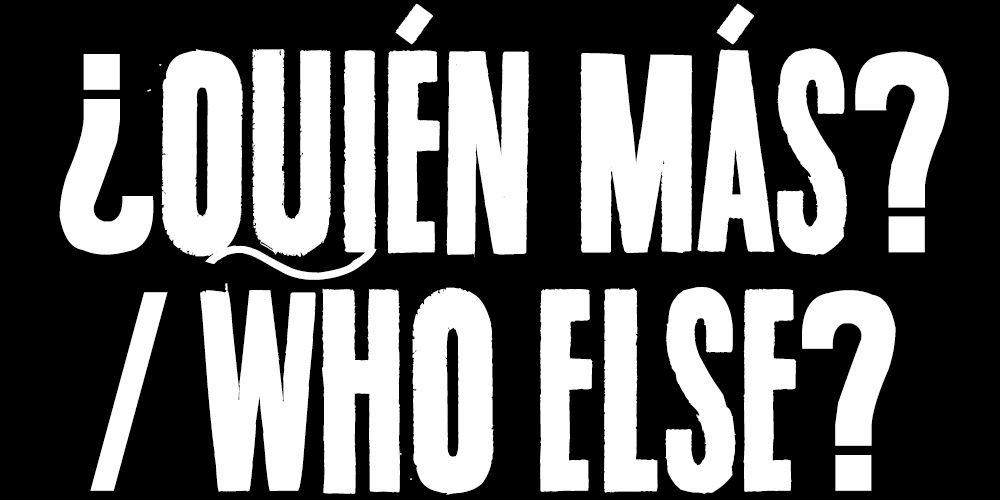Swedian | He/Him
When Will the Water Come?
Jakarta, Indonesia
Marine/Coastal
Session 11: June 19, 2023
When you’re a child of an island nation, the water is never that far away from you. It’s both your oldest neighbor and your worst nightmare. You may not see it for half the year, but it always comes.
Growing up in my childhood home in the northern part of Jakarta, Indonesia, my sisters and I were trained by my parents to always be ready in case the water breaks in. Back in those days, some twenty years ago, whenever the monsoon months were upon us, our neighborhood would always be at the mercy of the rains and floods that inevitably arrived. The area that we lived in is called “Pluit”—Indonesian for “whistle”—and was once a swamp, where fishermen often docked to sell their fish. The swamplands that were across from my house used to house a small crocodile park, and I remember, when I was a toddler, when all the giant cranes and bulldozers arrived to start filling up those lands with concrete and sand in order to erect a huge shopping mall—the biggest in the neighborhood at the time. By the time they finished—and I grew up—the crocodiles were gone, although the adults would always joke that if we kids wandered too far from our parents while we were at the mall, we might just get eaten by a stray croc. I never did see one, but I was always on the lookout, just in case.
The crocs were gone, but the waters they once swam in had to go somewhere—especially during the rainy season. All the pipes and parks were covered in sewage and trash, so we knew where the water would go—the only place it could go. Over days and weeks, the waves would slowly build up and start to creep their way into our homes, like a wandering salesman that refuses to leave. Luckily for us, our family has never been caught in a true tropical monsoon, the kind that destroys houses with incessant downpour. We just had to wait out the tides, often leaving the house for a few days until the water line recedes. I’ve left my home in all sorts of vehicles, ranging from big SUVs to military trucks to a rubber boat, floating away from my little personal island, hoping to be back soon. We always returned, though not always in a good mood. We’ve lost items to water damage, but fortunately nothing else. We always clean up and rebuild, one puddle at a time: the resilience—or is it resignation?—of those living with the water.
I still live in my childhood home, and the swamplands that I grew up with have crystallized into hard concrete, with more apartments and shopping malls than I can count with my two hands. More and more land is “reclaimed” every year, as the real estate creeps further out into the sea. I see bigger cranes and bulldozers than before. I think back to my days on the rubber boat, with my sisters and neighbors, riding out to higher ground, and wonder: when will the water come?
Will we still be here to greet it when it does?
Swedian is a creative consultant and designer originally from and based in Indonesia. He is Co-Founder and Creative Director of Zero One Digital, a holistic branding and digital marketing agency focused on cohesive brand building & storytelling, and VP of Creative at Zero One Group, an integrated technology services company that provides personalized solutions to even the most challenging business problems. He has worked as a scenic designer with Rorschach Theatre, Georgetown University, and Jakarta Players, and as a graphic designer with LubDub Theatre Co., the John F. Kennedy Center for the Performing Arts, and Studio Theatre, among others. With nearly a decade of experience in branding, digital marketing, advertising, and theatre design, Swedian brings strategic knowledge and design expertise to projects requiring in-depth interdisciplinary practice and international collaboration.





